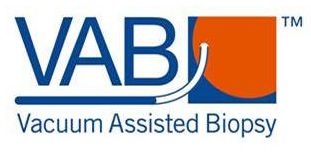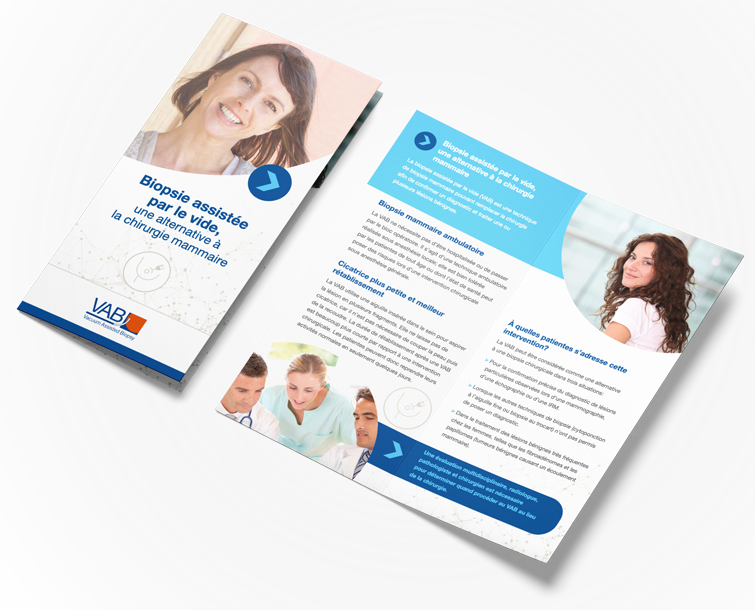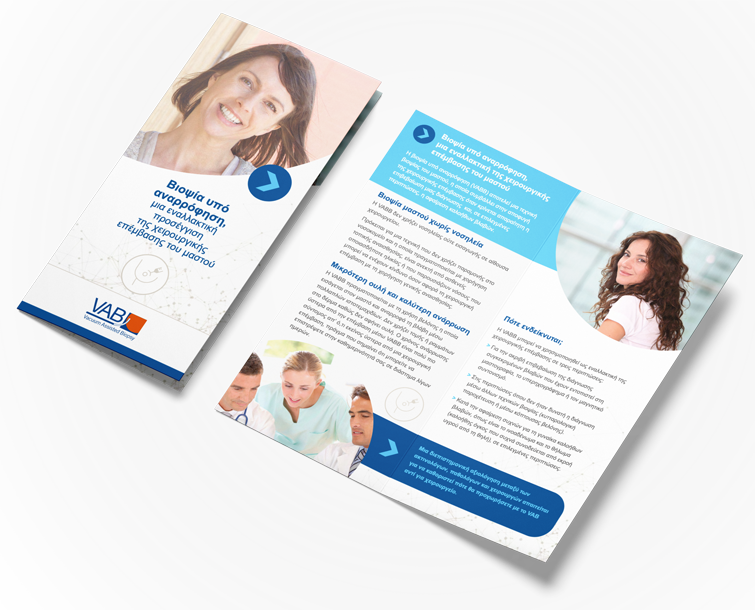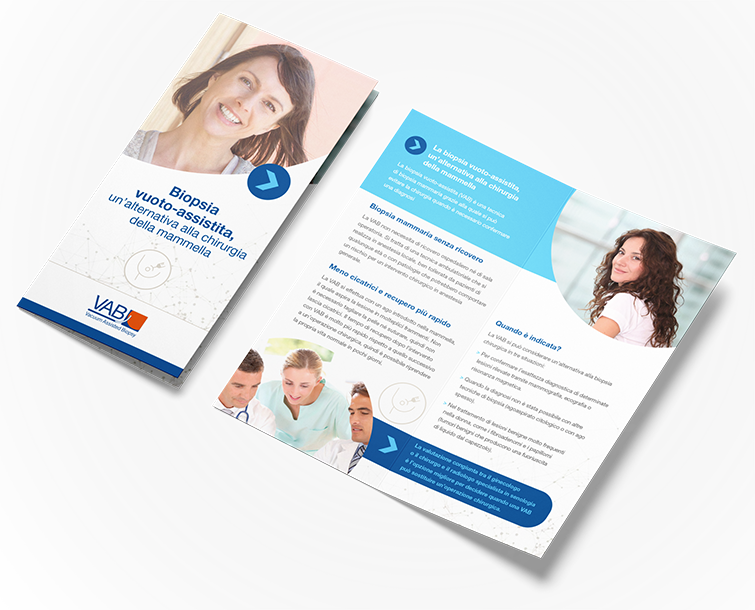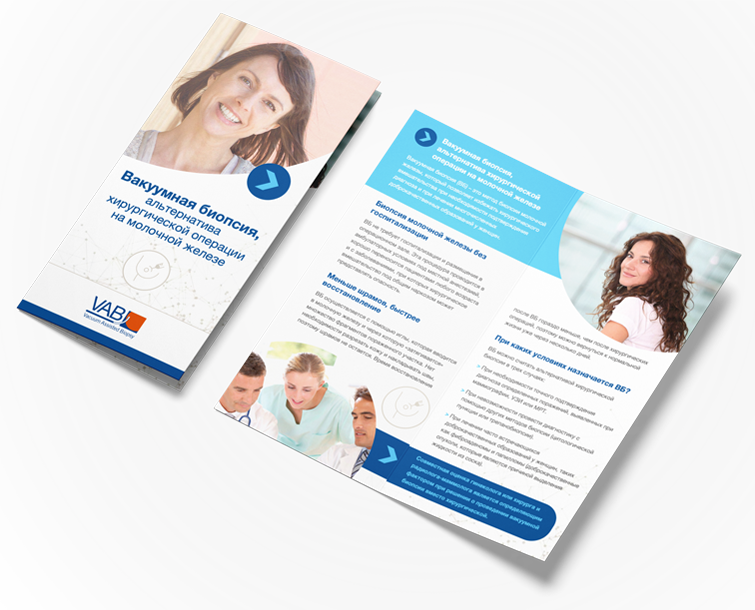 Finding a breast lump can be unnerving as often we jump to conclusions and worry that it could be breast cancer. Even though, in the last 40 years, breast cancer survival in the UK at ten years or more from diagnosis has increased from 40% to 78%, breast cancer is still seen as a life-threatening disease.1
Finding a breast lump can be unnerving as often we jump to conclusions and worry that it could be breast cancer. Even though, in the last 40 years, breast cancer survival in the UK at ten years or more from diagnosis has increased from 40% to 78%, breast cancer is still seen as a life-threatening disease.1
We often initially ignore that there are many conditions that can cause breast lumps that are not breast cancer. In this article non-cancerous breast lumps will be explored in more detail.
Normal swelling and tenderness connected with menstrual cycle
Hormonal changes during the menstrual cycle can cause pain, tenderness or lumpiness in the breasts. This tends to occur the week before a period is due and should go away after the period starts.2 These can be called fibrocystic changes. A well-fitted, support bra, a heat pack and or pain killers can help relieve symptoms. Some women find cutting back on salt and stimulants such as caffeine may help relieve symptoms.3
Fibroadenomas
Fibroadenomas are usually round, firm, non-painful, rubbery lumps which move slightly when pressure is applied. They occur more commonly in women under 40 years. They may go away themselves but some will need to be removed.2 They can be removed but may just need monitoring; the presence of a fibroadenoma increases the risk of breast cancer by approximately 1.5 times.4
Cysts
Cysts are fluid-filled lumps which are more common in women who are approaching the menopause. They can however occur at any age. They often appear as oval or round, smooth, firm lumps which move slightly when pressure is applied.2 They are tender to touch.3 They commonly appear two weeks before a period and go away afterwards. After examining them if the GP thinks you have a cyst they may ask you to return after your period for a follow up examination. Some cysts will need draining but this is carried out in a specialist breast clinic.2 A well-fitted supportive bra, applying heat pads and or painkillers may help relieve symptoms.3
Mastitis or an abscess
Mastitis or abscesses are caused by Infection. This is more common in women who are breast feeding.2 This is because bacteria or germs can enter the breast tissue through cracked nipples. The ducts that carry the milk may become blocked. A collection of pus (white cells which fight bacteria) can form. Infection and abscesses can also occur in women who are not breast-feeding. The infection may cause the breast to be painful and swollen the area maybe red and painful to touch. Fever, headache and general flu-like symptoms are also common.5 Warm compresses, painkillers such as paracetamol can be used and antibiotics may be required.2 If there is an abscess (collection of pus) this will need draining followed by antibiotics.5 Inflammatory breast cancer can look and feel similar to mastitis so if the condition does not clear up quickly with antibiotics it is important to go back and see the GP.5
Oily cysts (fat necrosis breast lumps)
Oil cysts tend to be caused by injury to the fatty tissue in the breast. They usually go away by themselves but can be removed if necessary.2 The lump usually does not hurt. The skin around the lump may look thicker, bruised or red.6
Lipomas
Lipomas are fatty growths that develop within the fatty tissue in the breast. They can be removed if causing discomfort.2
Adenosis of the breast
Adenosis of the breast is caused by enlarged or too many milk-producing glands. It usually does not require treatment but may need monitoring.7
Intraductal papillomas
Intraductal papillomas are non-cancerous wart like tumours that grow in the milk ducts. They often grow near the nipple and can cause clear or blood stained nipple discharge and sometimes pain. They usually need to be surgically removed.8
Phyllodes tumours of the breast
Phyllodes tumours of the breast are rare breast tumours that are usually non-cancerous. One in ten however can be cancer (malignant). They can grow quickly and may stretch the skin. They are usually painless and a lump can be felt. The whole tumour will usually need to be removed.9
Duct ectasia
Duct ectasia tends to occur in women over 50 years old and is due to a thickening of the walls within the breast ducts. There may be no symptoms but green or black sticky nipple discharge can occur and the nipple and surrounding breast can become red and tender. Occasionally a hard lump can occur. If a lump is present a biopsy may be needed to ensure it is not cancer.10 Warm compresses and antibiotics may be needed.10
Other conditions that can cause a lump include:
- Hamartoma:This is a smooth painless lump caused by an overgrowth of breast tissue.11
- Hemangiona:A rare benign tumour made from blood vessels.11
- Haematoma:A lump caused by a bleed within the breast.11
- Neurofibroma:A benign tumour caused by an overgrowth of nerve cells within the breast.11
It is really important that any breast changes are reported to your GP. They will use best practice referral guidelines to decide whether you need to attend a breast clinic for further tests. As this article demonstrates having a breast lump does not mean breast cancer. However if the lump is breast cancer early diagnosis and treatment is really important for long term health
References
- Cancer Research accessed 06/02/2017 @ www.cancerresearchuk.org/health-professional/cancer-statistics/statistics-by-cancer-type/breast-cancer/survical
- Breast lumps. Patient accessed 06/02/2017 /www.patient.info/health/breast-lumps
- American Cancer Society Non-cancerous Breast Conditions accessed 06/02/2017 @ www.cancer.org/cancer/breast-cancer/non-cancerous-breast-conditions/fibrosis-and-simple-cysts-in-the-breast.html
- American Cancer Society Non-cancerous Breast Conditions accessed 06/02/2017 @ www.cancer.org/cancer/breast-cancer/non-cancerous-breast-conditions/fibroadenomas-of-the-breast.html
- American Cancer Society Non-cancerous Breast Conditions accessed 06/02/2017 @ www.cancer.org/cancer/breast-cancer/non-cancerous-breast-conditions/mastitis.html
- American Cancer Society Non-cancerous Breast Conditions accessed 06/02/2017 @ https://www.cancer.org/cancer/breast-cancer/non-cancerous-breast-conditions/fat-necrosis-and-oil-cysts-in-the-breast.html
- American Cancer Society Non-cancerous Breast Conditions accessed 06/02/2017 @ www.cancer.org/cancer/breast-cancer/non-cancerous-breast-conditions/adenosis-of-the-breast.html
- American Cancer Society Non-cancerous Breast Conditions accessed 06/02/2017 @ www.cancer.org/cancer/breast-cancer/non-cancerous-breast-conditions/intraductal-papillomas.html
- American Cancer Society Non-cancerous Breast Conditions accessed 06/02/2017 @ www.cancer.org/cancer/breast-cancer/non-cancerous-breast-conditions/phyllodes-tumors-of-the-breast.html
- American Cancer Society Non-cancerous Breast Conditions accessed 06/02/2017 @ https://www.cancer.org/cancer/breast-cancer/non-cancerous-breast-conditions/duct-ectasia.html
- American Cancer Society Non-cancerous Breast Conditions accessed 06/02/2017 @ www.cancer.org/cancer/breast-cancer/non-cancerous-breast-conditions/other-non-cancerous-breast-conditions.html
- Association of Breast Surgery Best practice diagnostic guidelines for patients presenting with breast symptoms November 2010 accessed 08/02/2017 @ www.associationofbreastsurgery.org.uk/media/4585/best_practice_diagnostic_guidelines_for_patients_presenting_with_breast-symptoms.pdf
